Lymphovascular invasion
- elviogsilva
- Jul 19, 2017
- 2 min read
It is embarrassing that in 2016 we are still reporting LVI as positive or negative. We are able to report the genetic composition of a tumor, but we do not give any details about LVI. Some important details about LVI are:
1-Are the tumor cells in lymphatic or in veins? Today, by using immunohistochemistry for CD-31 and D2-40, it is possible to determine the nature of the involved vessel. The significance of looking for metastases in the lymph nodes or in the lung is obvious.
2-Why we do not quantify LVI? Obviously, the involvement of one vessel should be different from the involvement of several vessels.
3-Where are the vessels with tumor cells in the lumen located? When tumor cells are found in the lumen of a vessel in the area of the tumor, we do not know if these cells just got there and are not going anywhere or if they are moving to create a metastatic focus. When tumor cells are found in in the lumena vessel far from the tumor, it is clear that these cells are traveling and more capable of generating metastases.
4-Do the cells inside the vessel represent vascular invasion or pseudo vascular invasion? In 2015, we wrote an article about this issue. We were looking for explanations of the following issues. Why is vascular invasion in a leiomyosarcoma very significant but in an endometrial stromal sarcoma is not that important? Why does the entity previously known as endolymphatic stromal myosis have a good prognosis, if there is extensive LVI? Why does intravascular leiomyomatosis not have metastases in 100% of cases or in a high percentage of them? We found out that in these type of stromal lesions the tumor cells get into vessels in two different ways. In one, the tumor cells push the endothelium creating a false impression of vascular invasion( pseudo invasion). In this case the tumor cells are not in contact with the blood or lymph because a thin layer of endothelium separates both. In the other case, the tumor cells break through the endothelium and are in contact with blood or lymph, this is real vascular invasion. Both mechanisms are easily recognized with a CD-31 or D2-40 stain. In addition, in the case of real vascular invasion, only tumor cells are seen in the lumen of the vessels. In pseudo vascular invasion, the tumor cells are found together with stroma and vessels from the tumor. It is possible that many stromal tumors of the uterus start with pseudo vascular invasion and, depending on the proliferative activity of the tumor cells, the thin layer of endothelium around the tumor cells is penetrated or not. Based on this we arrive to the following conclusions:
Low grade T's. High grade T's.
Possibility of metastases in pseudo vascular invasion: 29% 50%
Possibility of metastases in real vascular invasion : 50% 90%
I believe that an algorithm can be created based on the type, the number, and the location of the vessels involved, on whether there is real vascular invasion or pseudo vascular invasion, and on the grade of the tumor. In this way we will be able to predict the rate of metastases more accurately.
Human Path (2015)46,1712-1721


Comments